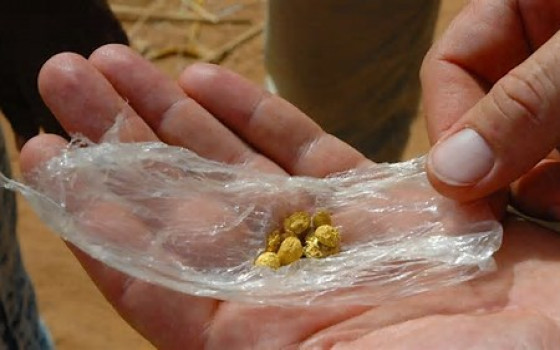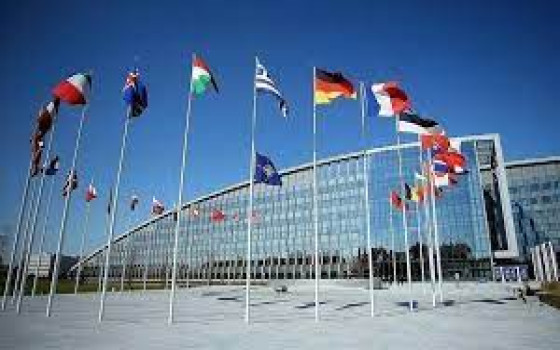
Organized crime groups are deeply embedded in gold supply chains. A global surge in demand for renewable energy technologies is behind the surge in demand for "critical minerals"

- Europe and Arabs
- Wednesday , 21 May 2025 6:52 AM GMT
New York: Europe and the Arabs
The global increase in demand for renewable energy technologies has led to a sharp increase in demand for so-called "critical minerals," increasing the risks of crime, corruption, and instability across supply chains, as organized crime groups infiltrate the mining industry. Criminal networks increasingly seek to control extraction sites, trade routes, and refining infrastructure. According to the United Nations Daily News,
According to a new report from the United Nations Office on Drugs and Crime, these groups have become deeply embedded in gold supply chains, driven by the sector's high profitability and high gold prices.
"A Serious Global Threat"
The report stated that the involvement of organized crime in gold supply now poses a "serious global threat," as illegal networks continually adapt to enable and conceal their operations.
By exploiting advances in transportation, finance, and communications, many of these groups have gained a foothold in normal business operations, enabling them to launder proceeds and easily transport illicit gold. In addition to increasing violence, corruption, and environmental degradation, criminal gangs exploit vulnerable populations, increasing the risk of sexual exploitation, forced labor, and displacement, according to the UN report.
Circumventing Regulations
While legal mining operations are regulated to minimize environmental damage, illegal mining completely bypasses these safeguards.
By clearing forests to access mineral deposits, illegal operations directly contribute to environmental destruction, the degradation of fragile ecosystems, and the acceleration of biodiversity loss—especially when these activities occur within protected areas.
One of the most serious environmental impacts of illegal gold mining is the use of hazardous or prohibited chemicals by criminal organizations.
Opportunities for Exploitation
Although the majority of gold mining sites are located in sub-Saharan Africa, Latin America, the Caribbean, and Southeast Asia, most gold refineries are located in Europe, Asia, and North America. As a result, this precious metal often crosses multiple borders before reaching a refining center.
The report explained that this cross-border movement creates opportunities for both criminal exploitation and law enforcement intervention. Criminal groups often introduce illegally obtained gold into the supply chain by exploiting weak oversight, inconsistent documentation, and regulatory gaps along trade routes. However, the UNODC report noted that the geographical concentration of refineries provides a strategic point of disruption for these criminal activities. Concluding, the report emphasized that focusing regulatory efforts on these key hubs could significantly reduce the flow of illicit gold into the global market.












No Comments Found